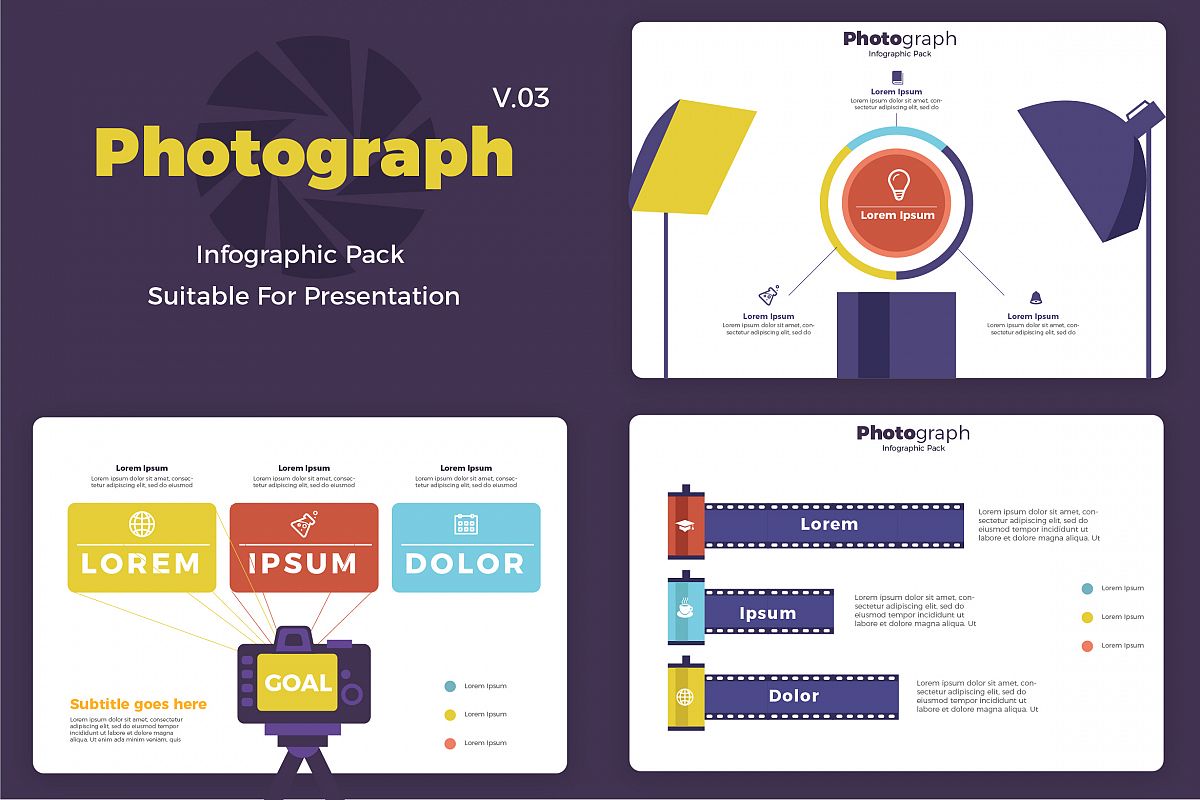Join Us To Uncover Important Digital Photography Tips That Will Certainly Open Your Camera'S Possibility-- Prepare To Catch Magnificent Photos In A Snap!
Join Us To Uncover Important Digital Photography Tips That Will Certainly Open Your Camera'S Possibility-- Prepare To Catch Magnificent Photos In A Snap!
Blog Article
Content Writer-Grant Kaas
When you first grab your cam, it can really feel overwhelming with all the setups and options readily available. You might find yourself wondering exactly how to browse aperture, shutter speed, and ISO efficiently. Mastering these principles is essential, however there's even more to digital photography than simply technical knowledge. Understanding make-up techniques and illumination problems can elevate your pictures substantially. So, what happens if you could discover basic techniques to enhance your skills and start capturing excellent pictures sooner than you assume? Allow's explore just how to transform your photography journey.
Recognizing Electronic Camera Settings
Understanding your video camera settings is essential for recording stunning photos. When you pick up your electronic camera, acquaint yourself with the three main setups: aperture, shutter speed, and ISO. Each plays a vital role in exactly how your images turn out.
Start with aperture, which manages the quantity of light going into the lens. A wider aperture (lower f-number) lets in more light and develops a beautiful background blur, best for portraits. Conversely, a narrower aperture (higher f-number) maintains more of the scene in emphasis, perfect for landscapes.
Next, concentrate on shutter speed. This setting determines how much time your electronic camera's sensing unit is revealed to light. A quick shutter rate ices up movement, which is great for activity shots, while a sluggish shutter rate can produce spectacular impacts like smooth water in landscapes.
Finally, adjust your ISO. This setting affects your electronic camera's level of sensitivity to light. A higher ISO works in low-light scenarios yet can introduce sound or grain. Aim for the most affordable ISO possible while still achieving appropriate direct exposure.
Make-up Techniques
When you're out shooting, make-up can make all the distinction in just how your pictures resonate with audiences. Start by using the policy of thirds; imagine your frame split right into nine equal sections with 2 straight and two upright lines. https://www.newsweek.com/kate-middletons-top-tips-amateur-photography-dont-tidy-your-house-before-family-portraits-1503357 along these lines or at their intersections to create balance and interest.
Next, think about leading lines. These all-natural lines in your scene, like roadways or rivers, attract the customer's eye into the photograph, leading them through the story you're informing.
Do not forget about framing; use components within your scene, like trees or windows, to produce a framework around your subject, adding depth and focus.
Additionally, keep an eye on your history. A chaotic background can sidetrack from your main subject, while a basic one aids it stand apart.
Finally, explore balance and patterns; they can produce a striking photo that catches attention.
Learning Illumination Issues
Understanding lighting problems is important for recording spectacular photographs, as the right light can change a regular scene into something extraordinary.
Begin by observing https://postheaven.net/valentine87mel/creative-photography-concepts-releasing-your-creativity at various times of the day. Mornings and late afternoons provide the very best light, referred to as the gold hour. The soft, cozy tones during these times can improve your photos magnificently.
Don't shy away from cloudy days either; diffused light can lessen harsh shadows and produce a pleasing effect, particularly for portraits.
Trying out backlighting by placing your topic versus the light source. This strategy can produce a fanciful halo impact and add deepness to your images.
Take notice of your electronic camera settings also. Adjust the ISO, aperture, and shutter speed to suit the lights conditions. A higher ISO can help in low light, but be cautious of grain.
Make use of a tripod in darker atmospheres to avoid blur.
Lastly, do not fail to remember artificial illumination. Flash and continuous lights can be terrific devices for controlling light in difficult problems.
Final thought
In conclusion, mastering your video camera does not need to be frustrating. By understanding your setups, applying composition strategies, and taking advantage of the power of natural light, you'll quickly raise your digital photography abilities. Bear in mind, practice makes best, so venture out there and try out your newly found understanding. With time and dedication, you'll be capturing spectacular pictures that show your unique perspective. Take pleasure in the trip, and don't fail to remember to enjoy while you're at it!
